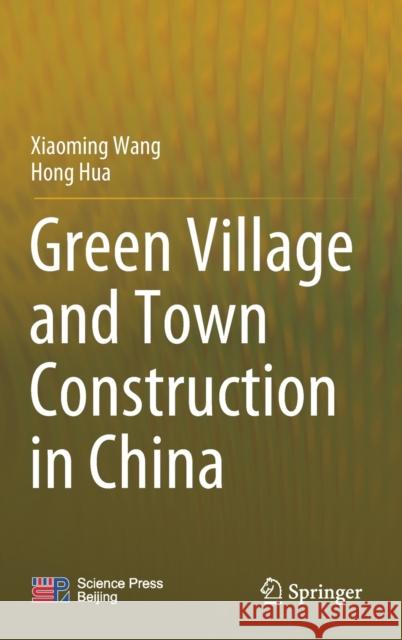Green Village and Town Construction in China » książka
topmenu
Green Village and Town Construction in China
ISBN-13: 9789811620973 / Angielski / Twarda / 2021 / 466 str.
Kategorie BISAC:
Wydawca:
Springer
Język:
Angielski
ISBN-13:
9789811620973
Rok wydania:
2021
Wydanie:
2021
Ilość stron:
466
Waga:
0.85 kg
Wymiary:
23.39 x 15.6 x 2.69
Oprawa:
Twarda
Wolumenów:
01
Dodatkowe informacje:
Wydanie ilustrowane











